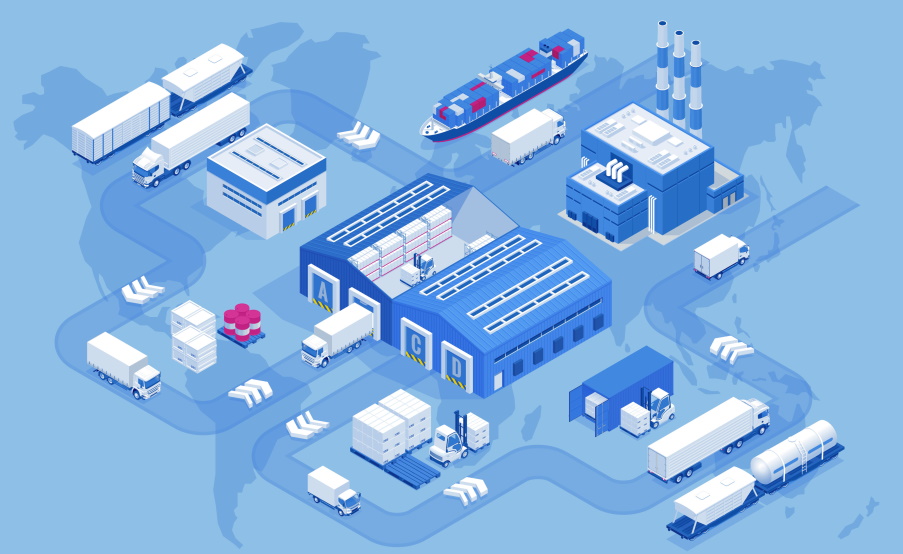Proven Strategies to Strengthen Your Supply Chain Security

As a business owner, you understand the importance of reliable supply chain operations to ensure customer satisfaction and operational efficiency. You’re also aware of the challenge posed by today’s threat landscape: supply chains are increasingly exposed to cyber-attacks and other malicious activity. However, with the right strategies, you can implement strong security measures to protect your supply chain from these threats. In this blog post, we’ll explore some tried-and-true ways to safeguard your supply chain against hackers and other fraudsters. With the help of these best practices, you’ll be able to keep your business running securely and without disruption from outside forces.
How to ensure the security of your supply chain?
The first step to ensure the security of your supply chain is to identify and assess any potential risks. This involves taking stock of existing weak points in the chain and evaluating their likelihood of occurrence. It is important to remember that threats can come from external sources, such as cyber-attacks or natural disasters, and internal vulnerabilities, such as inadequate processes or a lack of resources. Once you’ve identified these risks, it’s time to develop strategies to mitigate them.
You can reduce the risk of attack by implementing appropriate security measures such as employee training, secure data storage systems, and physical security measures like surveillance cameras. In addition, you should ensure that components used throughout your supply chain are securely manufactured and shipped with authentication features that can be easily verified.

Finally, it’s essential to review and update your security protocols continually. This includes staying up-to-date on the latest threats and keeping track of any changes in regulations or best practices for supply chain security. By taking these steps, you can help ensure the safety of your products and keep your business running smoothly.
Another key element to maintaining your supply chain’s security is implementing strong communication processes between you and your vendors. This will not only allow you to share information about any new risks that may arise but also provide an opportunity for collaboration on strategies for risk mitigation. Furthermore, having a clear understanding of each vendor’s capabilities and limitations will help you to identify any potential problems before they occur.
Finally, investing in the right technology can benefit supply chain security. Utilizing tools such as blockchain or two-factor authentication can add an extra layer of protection to your processes and give you peace of mind that your data is safe from malicious actors.
By following these steps, you can ensure your supply chain remains secure and efficient. Keeping up with the latest trends in supply chain security and maintaining strong communication protocols between you and your vendors is essential for ensuring long-term success. With the right strategies, you can confidently manage any risks by operating a global supply chain.

How to ensure maximum supply chain security in the age of cyber threats?
One of the most important steps to ensure maximum security in a supply chain is to use encryption for data transfers and communications. Encryption ensures that any sensitive data sent over the network is secure and cannot be accessed by malicious hackers or other unauthorized parties. It is also important to use strong passwords and two-factor authentication whenever possible.
Another important step is implementing a risk management system that can identify and respond to potential threats before they become serious. This system should include regular vulnerability scans, patching of known vulnerabilities, incident response plans, and monitoring tools to detect suspicious activities on the network.
Organizations should also employ multiple layers of security controls such as firewalls, intrusion detection systems (IDS), and anti-virus solutions to protect their supply chain from potential cyber threats. Additionally, they should ensure that their IT systems are updated regularly with the latest security patches and that all personnel is well-trained in cybersecurity best practices.
Finally, organizations should also maintain a comprehensive data backup plan so that any data lost due to a breach or other malicious attack can be recovered quickly and efficiently. Taking these precautions will help ensure maximum security for an organization’s supply chain in the age of cyber threats.


 We're ready to put our experts and technology to work on your next shipment for a safer and more secure journey.
We're ready to put our experts and technology to work on your next shipment for a safer and more secure journey.